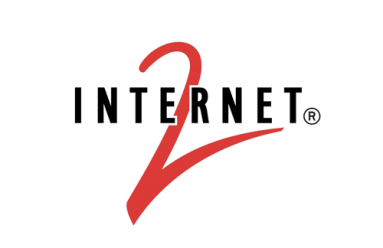Kentik Blog
























This week we learned Australia invested $36B to modernize broadband. But it’s not working, according to NY Times, which reports on the country’s crawling internet speeds. Also happening this week, VMware swooped up mobile app intelligence startup Apteligent for more analytics capabilities. Meanwhile, over in Austin, the annual BCE is taking place. That’s where BT talked NFV challenges. More after the jump…
SDN holds lots of promise, but it’s practical applications have so far been limited to discrete use cases like customer provisioning or service scaling. The long-term goal is true dynamic control, but that requires comprehensive traffic intelligence in real time at full scale. As our customers are discovering, Kentik Detect’s traffic visibility, anomaly detection, and extensive APIs make it an ideal source for actionable traffic data that can drive network automation.
Following reports of a Russian BGP hijacking last week, in the headlines this week is new research to suggest a similar hijacking incident could take down bitcoin’s ecosystem. Meanwhile, Light Reading is talking network functions virtualization (NFV) and how network operators can face relevant challenges with it. SpaceX also makes our highlights, with news of more than 4,000 internet satellites it plans to launch. Read about these stories and more after the jump…
Without package tracking, FedEx wouldn’t know how directly a package got to its destination or how to improve service and efficiency. 25 years into the commercial Internet, most service providers find themselves in just that situation, with no easy way to tell where an individual customer’s traffic exited the network. With Kentik Detect’s new Ultimate Exit feature, those days are over. Learn how Kentik’s per-customer traffic breakdown gives providers a competitive edge.
Digital transformation is underway. If you don’t believe it, read this week’s WSJ recap of a panel on the topic. You should also check out the earnings reports released this week by the big-three public cloud providers, who all saw spikes. Lastly, watch to Pandora talk about how the music-streaming company is getting better network performance for better customer experience. All that and more after the jump…
NPM appliances and difficult-to-scale enterprise software deployments were appropriate technology for their day. But 15 years later, we’re well into the era of the cloud, and legacy NPM approaches are far from the best available option. In this post we look at why it’s high time to sunset the horse-and-buggy NPM systems of yesteryear and instead take advantage of SaaS network traffic intelligence powered by big data.
Today we’re launching a weekly blog series called “News in Networking.” Tune in each week for a quick roundup of industry news that seems noteworthy to the Kentik team. This week’s highlights include a look at hot topics at the Open Networking User Group (ONUG) Spring 2017 conference, an article on bufferbloat (yes, it’s real) and the causes behind a slow internet, a list of IoT-enabled DDoS attacks that underscore security risks, and more…
Most of the testing and discussion of flow protocols over the years has been based on enterprise use cases and fairly low-bandwidth assumptions. In this post we take a fresh look, focusing instead on the real-world traffic volumes handled by operators of large-scale networks. How do NetFlow and other variants of stateful flow tracking compare with packet sampling approaches like sFlow? Read on…








